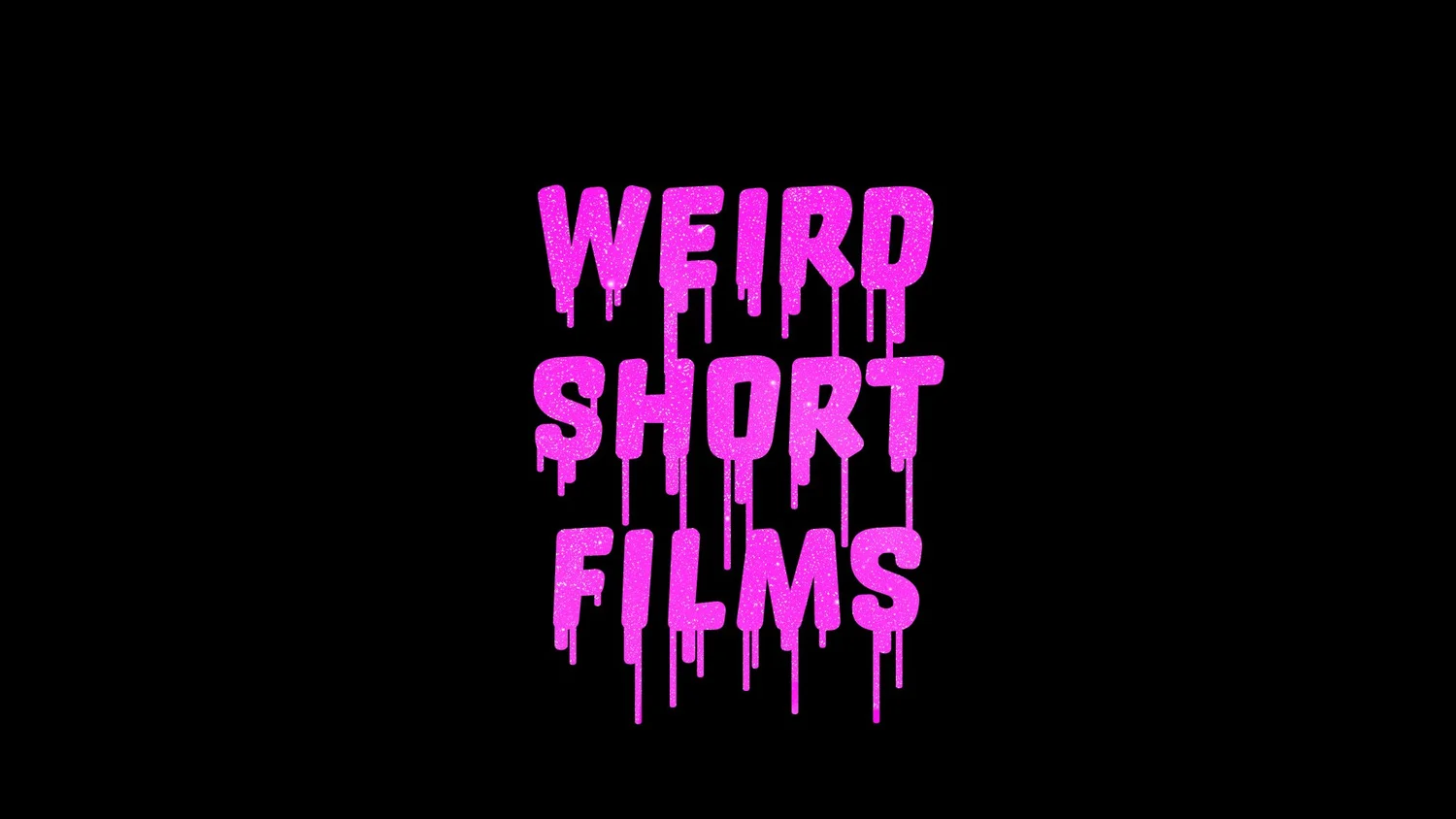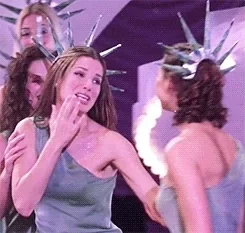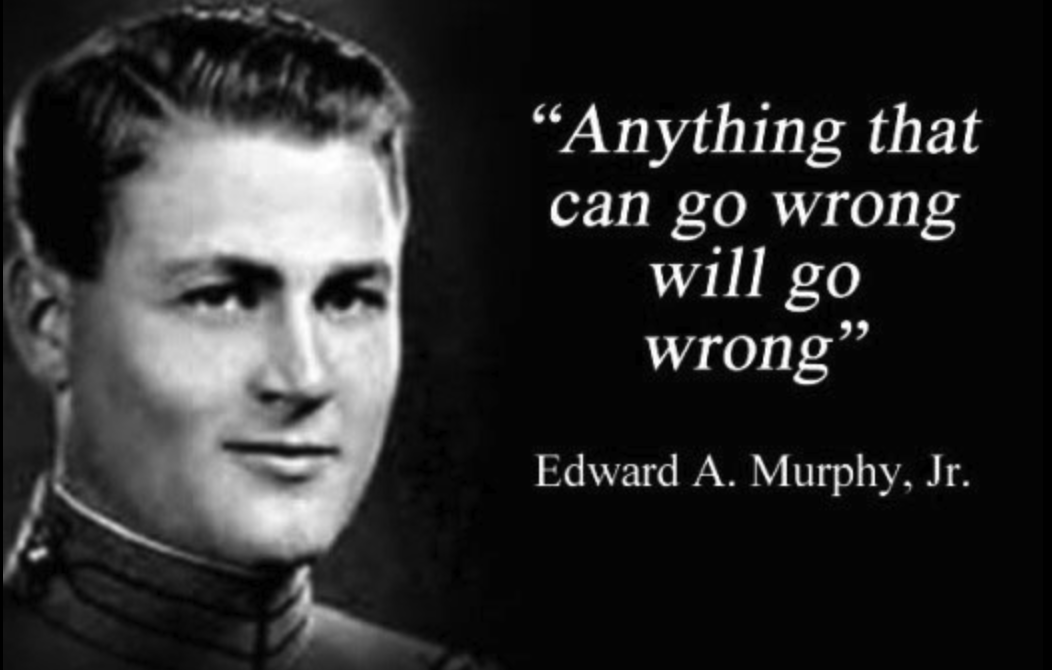Fresh out of film school, I was directing a scene with an actor who had soap opera and stage credits. On paper, he was solid. But on set, he kept flubbing his lines and seemed lost. I realized he just couldn’t manage long stretches of dialogue naturally.
Sometimes fixing a broken scene means identifying the blockage. Other times it means taking full responsibility and rewriting your own choices. It’s a process of compromises and figuring out alternatives when shit hits the wall. Stay cool, use humor instead of freaking out.
Previous
Previous
Tubi Gets So Much Hate…
Next
Next



